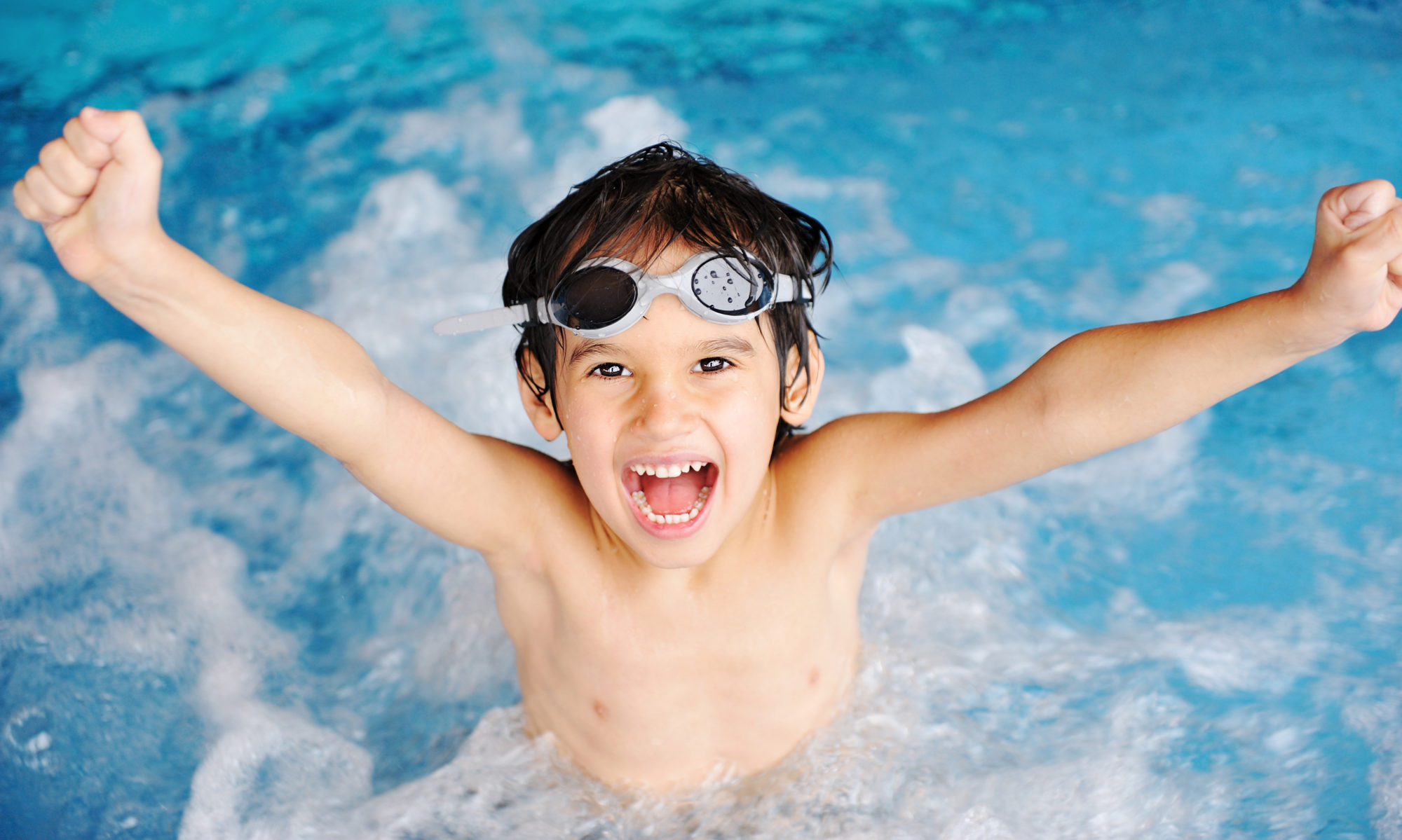You’ve ponied up the big bucks to give your kids swimming lessons. They have to learn—it’s unsafe not to. You want them to learn—it’s summer, and the whole family could be having fun at the pool. Somehow, the lessons just aren’t working.
Make sure you’re making the most of swimming lessons.
If you haven’t already, read the post dedicated to this topic. If you’ve tried those five tips as well as the ones below and your swimming school still doesn’t feel right, consider switching schools. Sometimes the associations kids make during the first few lessons can influence their attitudes as they continue. Sometimes the teachers aren’t a good fit for your kids. Sometimes the pool is just too darn cold.
Understand that plateaus are a normal part of learning.
Plateaus are normal. So are setbacks. Sometimes increased awareness of what’s going on can actually make performance worse for a while, but that awareness is critical. It’s part of the learning process.
Your kids might get frustrated or discouraged at this point and want to stop trying. At first, they weren’t aware of the mistakes they were making. Now that they’ve got more awareness, they can focus on the mistakes they were making before but just didn’t notice. Try to keep your own expectations reasonable and to keep from adding to your kids’ frustration. Encourage them and let them know that the experience is part of getting better. If you worry, you’ll pass those feelings on to your kids. Instead, focus on providing support and trying new things, like games, that will strengthen what your kids have already gotten and spur them on to try new things.
If the plateau lasts more than two weeks, consult your kids’ swimming teacher, ask for help, and consider adding two or three private lessons in one week. (If that’s daunting, get the book and try some lessons on your own.)
Help your kids learn by reinforcing their swimming lessons on your own time.
Even if you don’t have access to a pool, there’s a lot you can do to teach your kids to swim. Look at the category “on land” for a list of posts that include exercises for each swimming skill that you and your kids can do when you’re dry.
If you do have access to a pool, ask your kids’ swimming teacher for specific suggestions for exercises to work on outside of class, or use the posts on how to teach individual swimming skills for ideas. Don’t forget that just visualizing and talking with your kids about what they’ve learned gives their learning a big boost.
Get some insights into how your kids’ minds and bodies influence how they learn and how they experience the water.
Kids’ minds, bodies, and feelings aren’t the same as grownups’. It’s possible that you’re expecting something from your kids that they’re not developmentally ready for. It’s possible that you or your kids’ swimming teachers are sending signals that are making it harder for your kids to learn. Check out these posts for detailed information about how kids learn and experience the water:
- How to Set Expectations When You’re Teaching Your Kids to Swim
- What to Expect When You’re Teaching Infants to Swim
- What to Expect When You’re Teaching Toddlers to Swim
- What to Expect When You’re Teaching Preschoolers to Swim
- What to Expect When You’re Teaching Elementary School Kids to Swim
- 5 Keys to Kids’ Learning
- 4 Things about Your Kid’s Body That Affect How He Learns to Swim
- How Learning to Swim Is Like Playing the Piano
- Feelings: The Difference between Success and Failure
Make it fun.
Take it slow. Enjoy each other. Have fun. If you don’t enjoy each other and have fun, not only is it going to be hard for you to teach your child to swim, but also you’re going to miss an opportunity for bonding and creating happy lifelong memories for you and your kids.
Remember your priorities: safety and fun. If you’re worried about your kids’ progress, you’re not having fun. If you’re not having fun, your kids aren’t having fun. If they’re not having fun, they won’t want to keep getting in the pool. Smile! Hug! Giggle! Relax into the process. Trust that your kids will learn to swim, if not today, then soon. Did I mention the fun?
